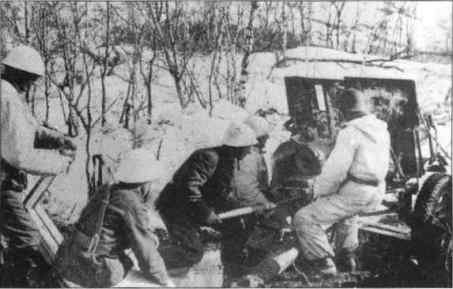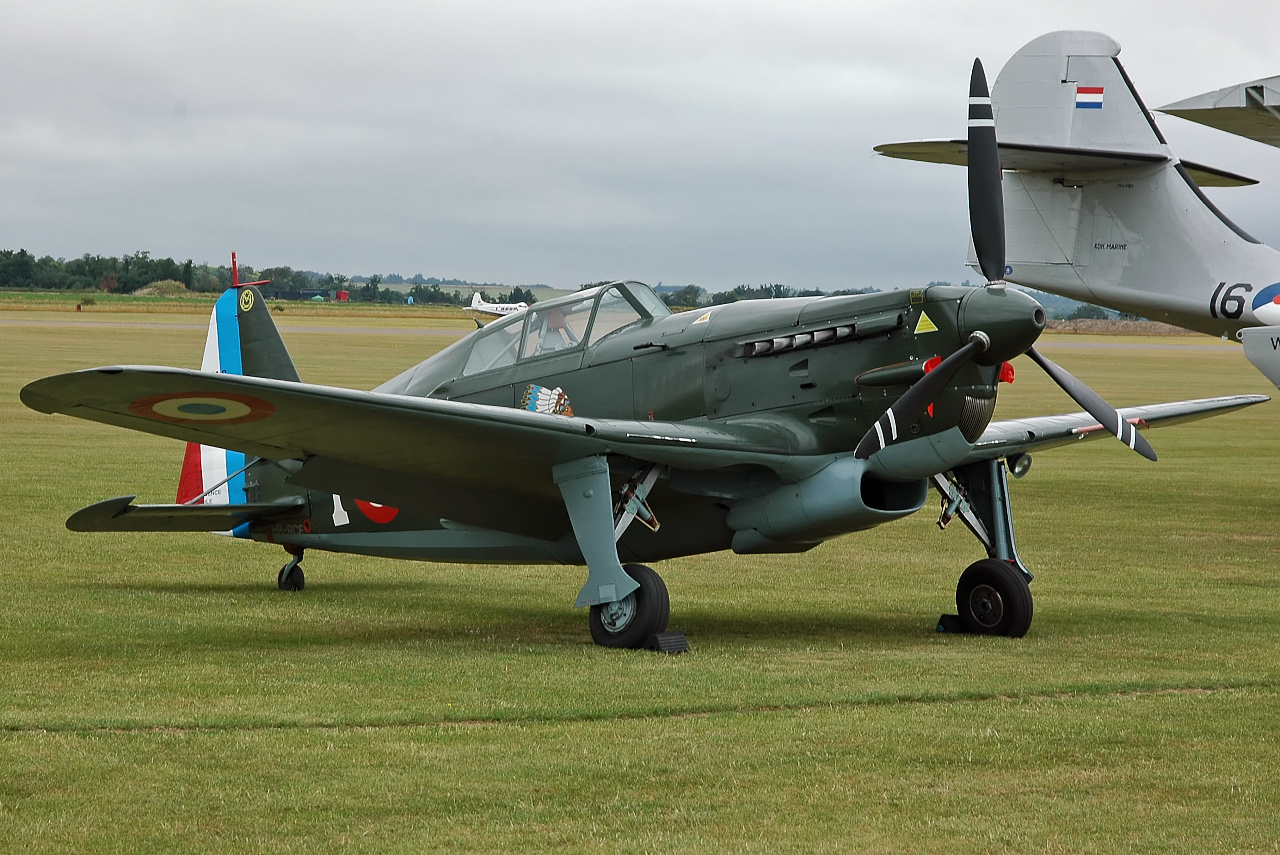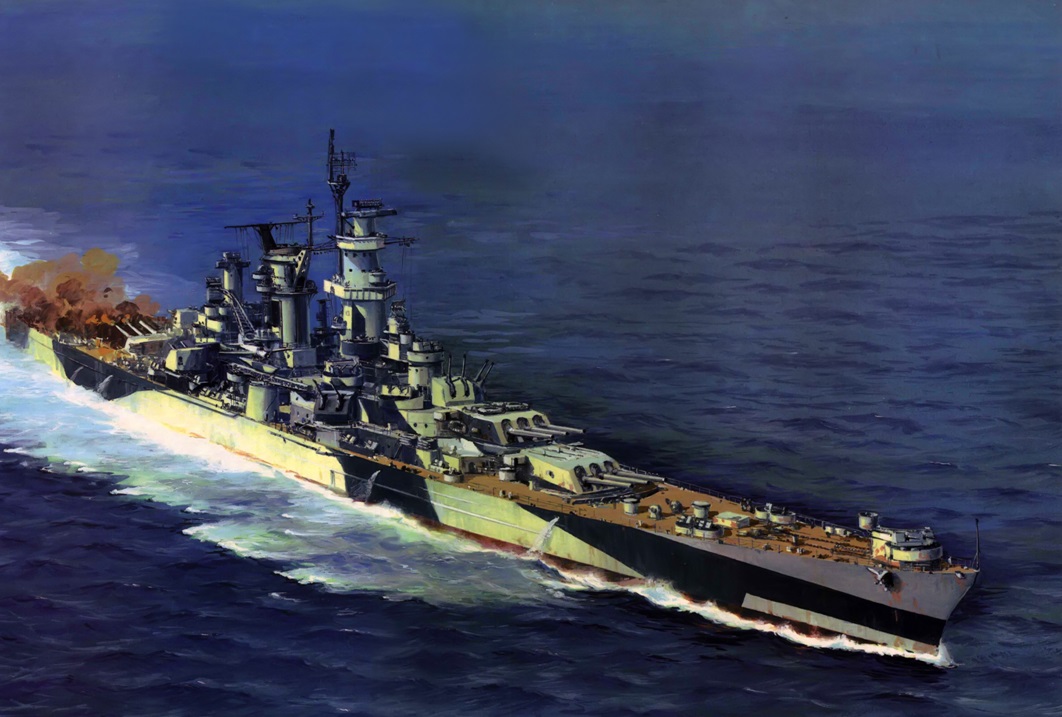
Lost victory. Second Battle of Narvik

The last battle of Bey's destroyers in a painting by Adam Werk.
On the morning of April 10, 1940, the British destroyers Hardy, Havok, Hotspur, Hostile and Hunter under the command of Comm. Bernard Armitage Warburton Warburton-Lee fought in the Ofotfjord, through which the road leads to Narvik, an important ice-free port. It was through him that iron ore was transported from Sweden, with 10 destroyers of commander Friedrich Bonte, who delivered Wehrmacht soldiers to capture the city, which also happened with minimal resistance from the Norwegians. As a result of the clash, the Hardy and Hunter sank, and the Wilhelm Heidkamp and Anton Schmitt, several ships in the Narvik raid and 5 more destroyers were damaged on the German side.
Later that day, around noon, Havok, Hotspur, and Hostile rendezvoused in the West Fjord with the light cruiser Penelope and eight destroyers. This team was formerly part of the Renown and Repulse line cruiser insurance and is now commanded by Penelope, Commander. Gerald Douglas Yeats patrolled the waters of the Westfjord with the task of intercepting further German units heading for Narvik. This patrol, as can be seen in the example of the Rauenfels cargo steamer (8 brt), which was carrying weapons and equipment for German soldiers in Narvik and was sunk on April 8460 at the entrance to Ofotfjord by CDR destroyers. Warburton-Lee was not effective. Informed by the sailors of the surviving ships of the 10th flotilla of the Warburton Lee destroyers about the situation in Narvik, Yeats, having at his disposal a cruiser and 2 destroyers (not counting the Havok, Hotspur and Hostile), could attempt to attack the German The team is back in Ofotfjord, in addition, this time with the advantage and again the advantage of surprise. Unfortunately, he did not take advantage of this opportunity, as he had in mind the instruction of the vadmas. William Jock Whitworth (carrying his flag on the Glory) gives the order to strike only when necessary.
However, British patrols in Westford resulted in the capture of the German freight steamer Alster (8514 88 BRT). This next transport ship with equipment (including 9 trucks, anti-aircraft guns, aircraft parts, ammunition, radiotelegraphy equipment, coke and ... hay for horses) for the landing in Narvik was discovered on April 10 by the Norwegian-Syrian patrol, who ordered the ship to enter Bodø ( Bodo). However, after the separation of parts, the Germans continued to sail according to the plan. Alster later came across another Norwegian patrolman, Svalbard II, who reported him to Yeats' team. On the morning of April XNUMX, at Bodø, the Alster was stopped by the British destroyer Icarus. This one went up to the side of the ship, the crew of which, admittedly, opened the kingstones, trying to
thus sink his squad, but the prize squad sent from Icarus saved the freighter and escorted him to Tromsø. The third transport ship heading for Narvik, the steamer Berenfels (7569 BRT), having learned about the unfavorable situation for them in northern Norwegian waters, was ordered to go to Bergen in central Norway, where it entered without problems on April 10. Were in Vestfjord and German submarines, of which U 25 attacked the British destroyers Bedouin and Eskimo on the evening of April 10, and U 51 another destroyer a little later, but the Germans fired a total of 6 torpedoes inaccurately or exploded prematurely. On April 12, the German steam fishing trawler Wilhelm Reinhold (259 brt), which entered the waters of the Vaagsfjord (northwest of Ofotfjord), was captured there by the Norwegian patrol boat Thorodd and taken to nearby Harstad.

